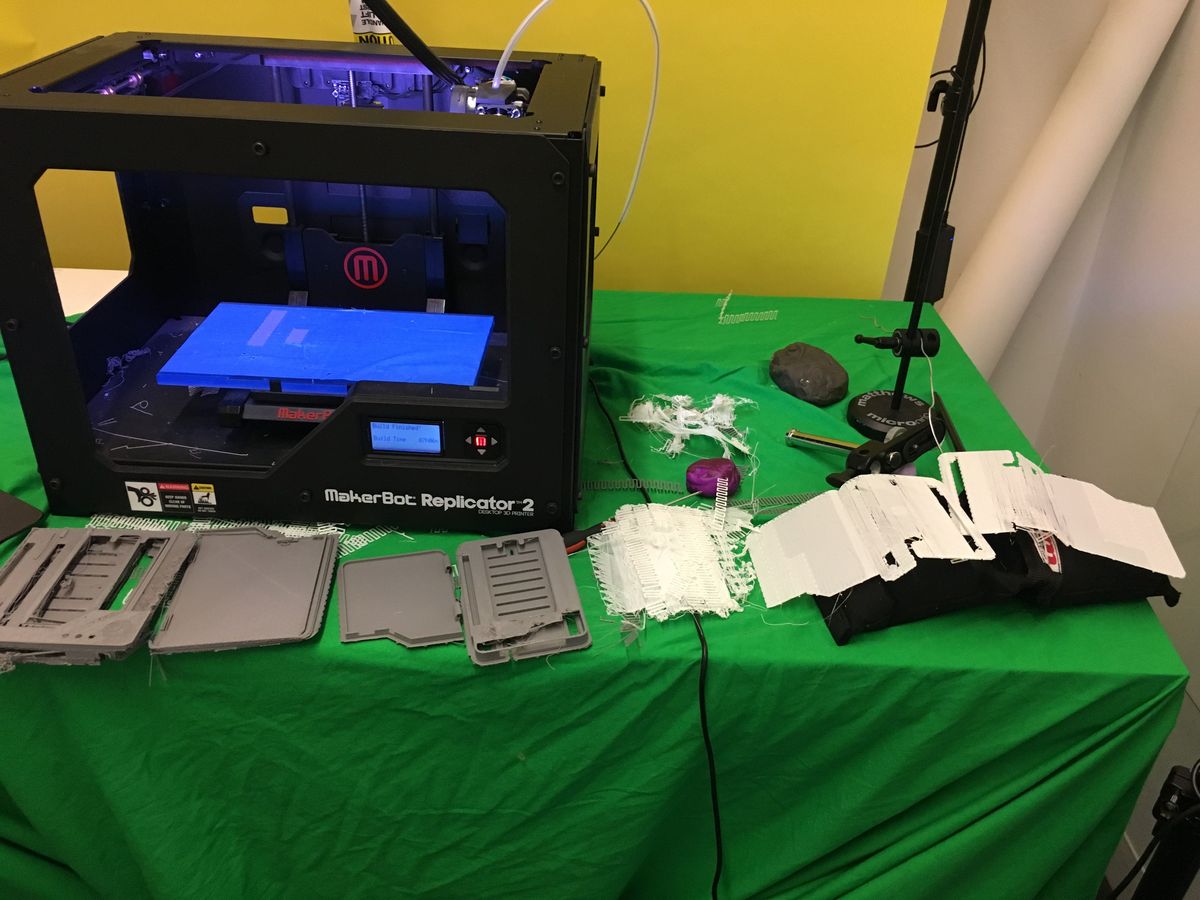
A piece yesterday in Mashable made myself and no doubt many others in the 3D print world upset.
The piece, entitled, “3D printers are never going to be a thing”, explained how the author attempted to 3D print a “Pokédex” on a four-year old MakerBot Replicator 2. After having a frustrating experience, they say:
But you know what, the fact that all of those things have to be done to successfully 3D print something proves that this technology is just not ready for regular people.
and
But the pipe dream that every house will have a 3D printer that will be one-touch simple — that’s not going to happen. And what about someone like my mom? Forget about it. This stuff is too complicated for tech-savvy people, let alone normals.
and
Which is to say — if 3D printers do have a shot of actually making it in homes amongst regular people and not just enthusiasts, we need a company like Amazon to come at the space.
Oh, where do I start? How about this:
3D printing is a very large market that continues to grow, particularly in the industrial and manufacturing worlds. In fact, it’s been going strong for decades! Recently there’s been significant growth in the use of metal 3D printing techniques in multiple industries, causing small revolutions in capabilities.
Or this:
The “3D printing consumer bubble” was caused by several specific individuals and companies hoping to cash in on the discovery of 3D printing by the general public. Equipment was pushed onto consumers who were typically unable to succeed for a variety of reasons. But the consumer market is only one dimension of the 3D printing segment.
Or this:
A four year old Replicator 2 is not particularly advanced compared to today’s desktop 3D printers, many of which have a number of automated features that dramatically increase the reliability of printing. If I wanted to print a “Pokédex” on such machines, it would almost certainly work the first time. To put this in prospect, desktop 3D printers practically did not exist four years before the Replicator 2 was announced. We are traversing a very rapid development cycle and it’s not fair to use ancient equipment.
Or this:
While certain vendors espoused the idea of “A 3D printer in every room in your house” and “Everyone is a Maker!”, that was obviously never true. To be a maker you must have skills, equipment, experience and, most importantly, you must WANT to make something. A great many people simply don’t and are content to buy / order their items from others.
Or this:
That said, there are a large number of people who can competently operate desktop 3D printers (and industrial ones, too). It just happens that the article’s author isn’t one of them. This set of competent users is limited, however, and saturation of it has caused some smaller 3D printer companies challenges to find new markets for their equipment. As such, the majority of companies now spend great focus on education with specific verticals and finding beneficial applications of the technology to specific markets. And, less time telling the public that everyone should have a 3D printer.
For companies that are publicly traded, such articles are unfairly presented – their stock prices may suffer because of this negative media view, based on a very narrow perspective. Sure, there are analysts who examine the affairs of 3D printer manufacturers in detail, but there are also many less formal investors whose attitude towards 3D printing is bent by articles of this type.
Please stop.
Via Mashable

